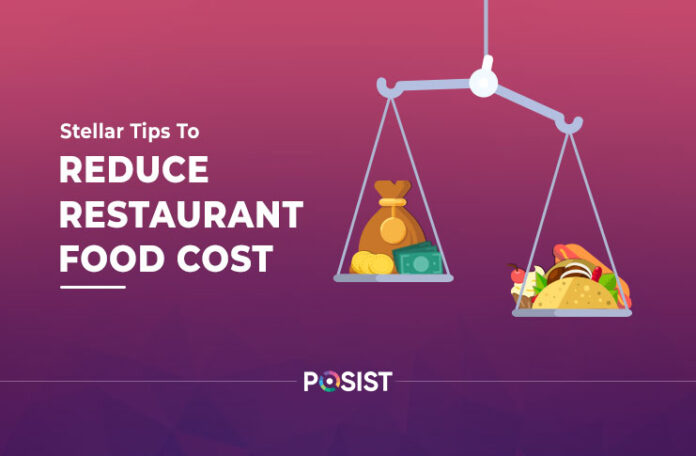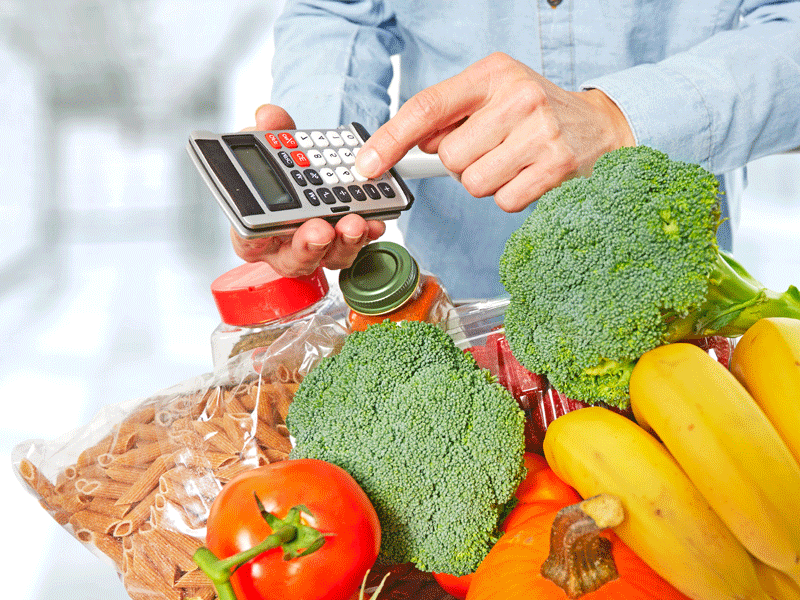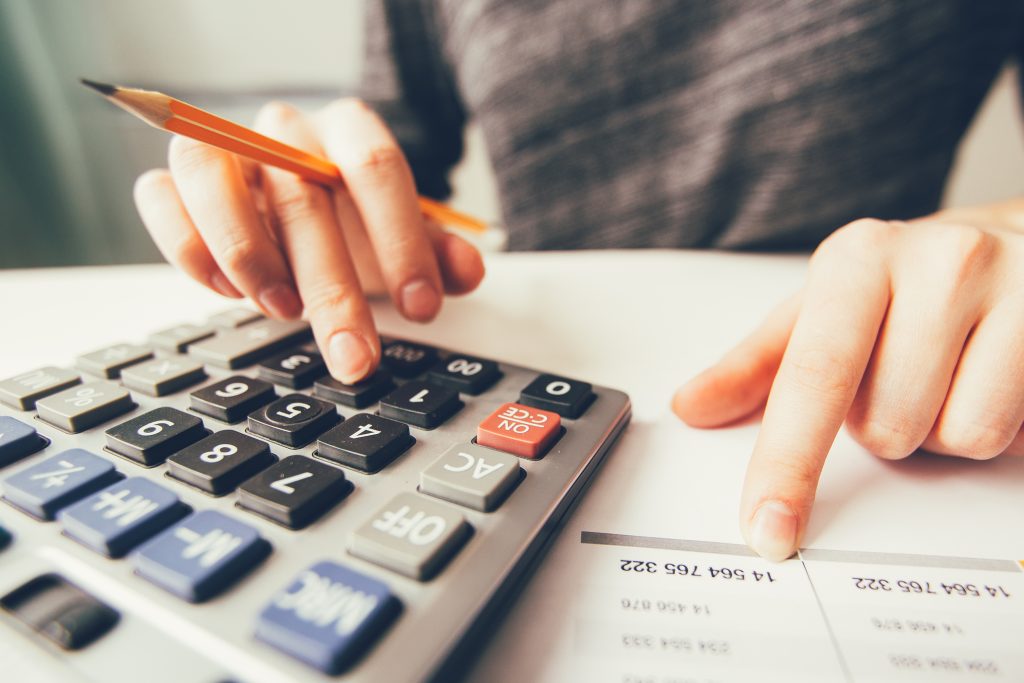It is necessary for all restaurateurs to calculate the food cost and make appropriate changes in the menu pricing. Why all restaurants must calculate the food cost is mainly because if you don’t, you can lose out on a lot of money, and this will, in turn, increase your overall restaurant expenses. However, calculating the food cost of your restaurant isn’t an easy task. More often than not, most restaurant owners are not aware of the correct food cost formula that will help to detain the cost at hand and has the potential to pave the path of your restaurant towards an eternal doom. However, don’t you need to worry, we are here to help, and make your calculation a cakewalk.
Importance Of Food Cost Formula
Food cost is essentially the total cost of your food net of the existing Inventory. Most of the time, if not always, beverage costs are not included and are counted separately. In percentage, the food cost is primarily a restaurant’s total food purchase divided by the restaurant’s total sales.
We all know that’s calculating the restaurant food costs helps in maintaining a healthy business. However, calculating it with the help of proper food cost formula can help you achieve accuracy, which can help you to reduce your overall expenses. The reasons why calculating food cost is essential are:
- Food cost determines a restaurant’s profitability. Without knowing the prices of the items, and the menu costs at the end of the different periods, it will be challenging for you to run and track a highly profitable restaurant, and knowing where you need to make adjustments and changes which will help you to garner more profit.
- Lower food cost means higher profit, and this makes it imperative to track food costs.
- It helps you to price your menu items correctly.
- Once you accurately price your menu items, it will help you to optimize your menu when required. This is mostly called menu engineering. Just by moving things in the menu, putting items in boxes, and highlighting a few items can do wonders and help you to increase your profits to a great extent.
There is this myth around food costs. People think that food cost is the amount a restaurant spends on food. You will be getting a very false and varying number if that is how you are determining your restaurant food costs.
The Formula For Calculating Food Costs
Before going about calculating the food cost of your restaurant, you must understand the different types of food cost that exists; There are two types of food costs in your restaurant and bar:
1. Food Cost- Plate Cost
Plate cost is essentially the amount you receive after dividing the value you incur in preparing a dish divided by the price at which you sold the dish. To find the percentage, you will then have to multiply this amount by 100.
And every restaurant without fail must know how much each plate, each item, or each drink cost. The formula with which you can calculate it :
How much did it cost for you to prepare a dish/How much did you sell it for = Food cost or the plate cost
For example, a burger costs you 2.00$ to prepare/ and you sell it for 8.00$ = 0.25 is your food cost.
Now, to know the food cost percentage : 0.25 X 100= 25%
So the food or the plate cost for that particular burger is 25%.
2. Food Cost – Period Cost
Period cost is slightly more complicated but you must keep a tab on this as well. Period food cost is essentially the cost incurred on food in a particular person, be it a month or a quarter. But if you want to determine the period food cost, you will have to understand the COGS (Cost of Goods Sold) formula. Period costs can be used to determine the period for any category in your restaurant.
Here’s the COGS Formula for your convenience:
Beginning Inventory + New Inventory Purchased – Ending Inventory = Total Food Usage in a particular period.
Once you have the total amount used, you can find the Cost Of Goods Sold by :
Toral Food Usage/Total Food Sales = COGS.
To calculate the COGS in percentage, multiply it with 100:
COGS X 100= COGS%
Period costs can be used to determine the period for any category in your restaurant. The period cost can be used to determine food cost; beer bottled cost, beer draft, wine bottled cost, wine glass cost, liquor cost as well as your merchandise cost.
When using the COGS formula to calculate the food cost, make sure you are comparing the correct category purchases and Inventory to the proper category sales. Ensure that you are comparing the right Inventory and purchase period to the correct sales period.
For example, if you want to calculate the period food cost for June, this is what you need to do:
June’s (food) beginning Inventory + June (food) purchases – June’s (food) ending Inventory = June’s total food usage
Now once you have June’s food usage, you can apply the COGS formula to understand the cost of the goods. For this you need to :
June’s food usage / June food sales = gives you the COGS
Multiply it will 100 to know the COGS in percentage.
Once you have your food cost in place, you can bring in all the necessary changes that will further bolster the sales of your restaurant. When you are aware of your most selling and your least selling menu items, you can apply menu engineering aptly and replace the least selling items with more varieties of items in demand. This will help you to reduce your overall expenses. Hence, use the above-mentioned food cost formula and apply them appropriately and see how to keep your cash registers overflowing.
What Is The Ideal Food Cost Percentage For A Restaurant?
Your next step after calculating food costs should be to compare them to an ideal food percentage.
While a lot of restaurateurs conjecture that, ideally, food cost percentages should stay between 28-35%, the exact percentage would vary depending on the kind of cuisine you serve and the format of your restaurant.
So, for a fast-food restaurant or a cloud kitchen, an ideal percentage would be towards the lower ends of the 20s due to the advantage of scale, while for fine dining, it could go up to 30-35% as the operating expenses are way higher. Similarly, for a multi-cuisine restaurant, the ballpark figure could go up to 37%, the point being higher the food costs, higher the menu prices.
In order to calculate your ideal food cost percentage, you will need to know:
- total food cost, and
- total food sales,
for a particular period, say a week or a month.
Ideal food cost % = Total food cost / Total food sales
So, if your burgers in the example above cost you US $2000 in a week and you managed to sell them for US $10000, then,
Ideal food cost = US $2000 / 10000 = 0.20, or 20%
Remember that an ideal food cost percentage doesn’t consider inconsistent portion sizes, theft or spillage.
How To Decide On Menu Pricing With Food Cost Percentage In Mind?
Now that you know your ideal food cost percentage, it’s time to design your menu prices.
A comparison of your current food cost percentage to ideal standards will help you determine whether you’re:
- underpricing your food items
- overpricing your food items (thus making them unpopular), or
- overpaying for food
For example, if a dish costs you US $20 to prepare, and you arrive at an ideal food cost percentage of 32%, then you can determine your menu cost by using the formula:
Ideal Menu Item price = Cost per serving/ Ideal food cost percentage
Menu price = US $20/.32 = US $62.5
If you were charging US $50 as the dish’s price, you now know that raising prices to US $62.5 will help you become more profitable. However, if your customers find the prices prohibitive and sales go down instead, it would make sense to either reduce the portion sizes or remove that item. A similar process can be performed for all the food items on the menu after determining their respective ideal food percentages.
Having said that, menu pricing is also impacted by other factors, including cuisine, location, competitors and service levels expected by the target demographic. Besides, one needs to be cognizant of indirect food costs, such as expensive equipment or a highly-priced chef, and factor them into the pricing.
Also, use this ready-made Food Cost Calculator to calculate your restaurant food costs.





















How to calculate the food cost for a recipe?
Cost incurred in preparing dish divided by the price at which u sold d dish.